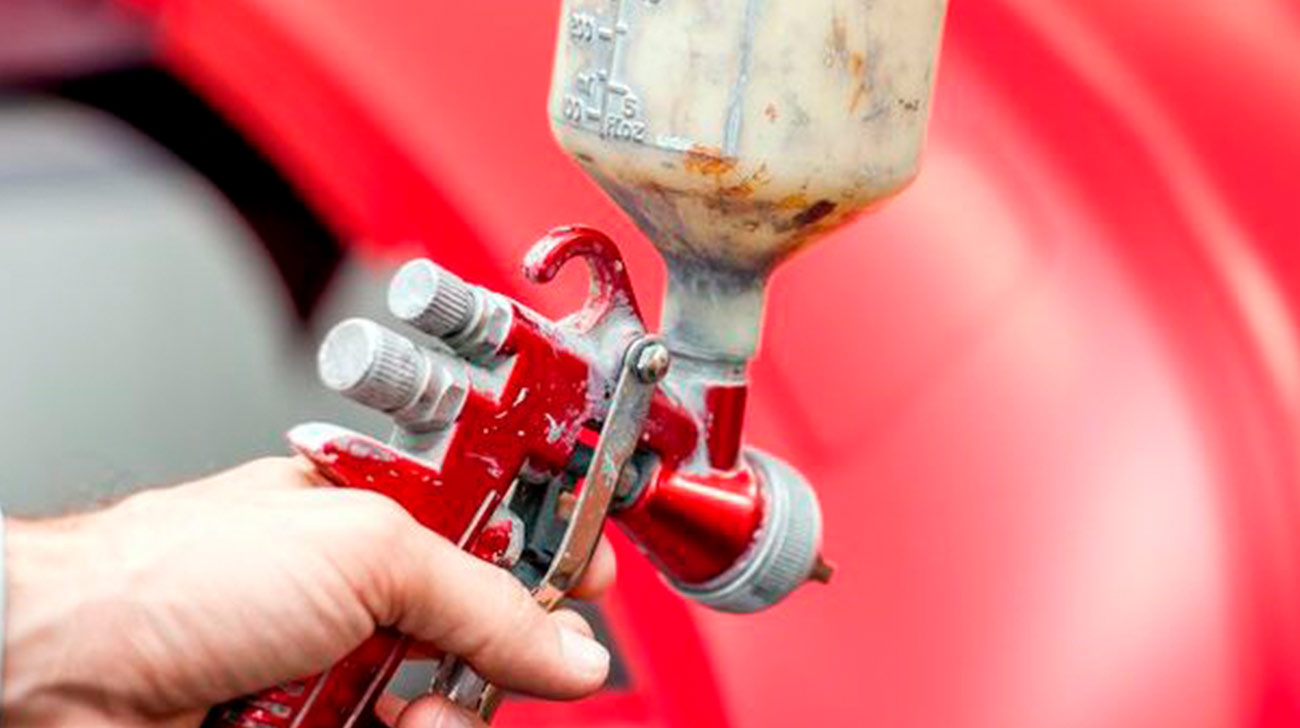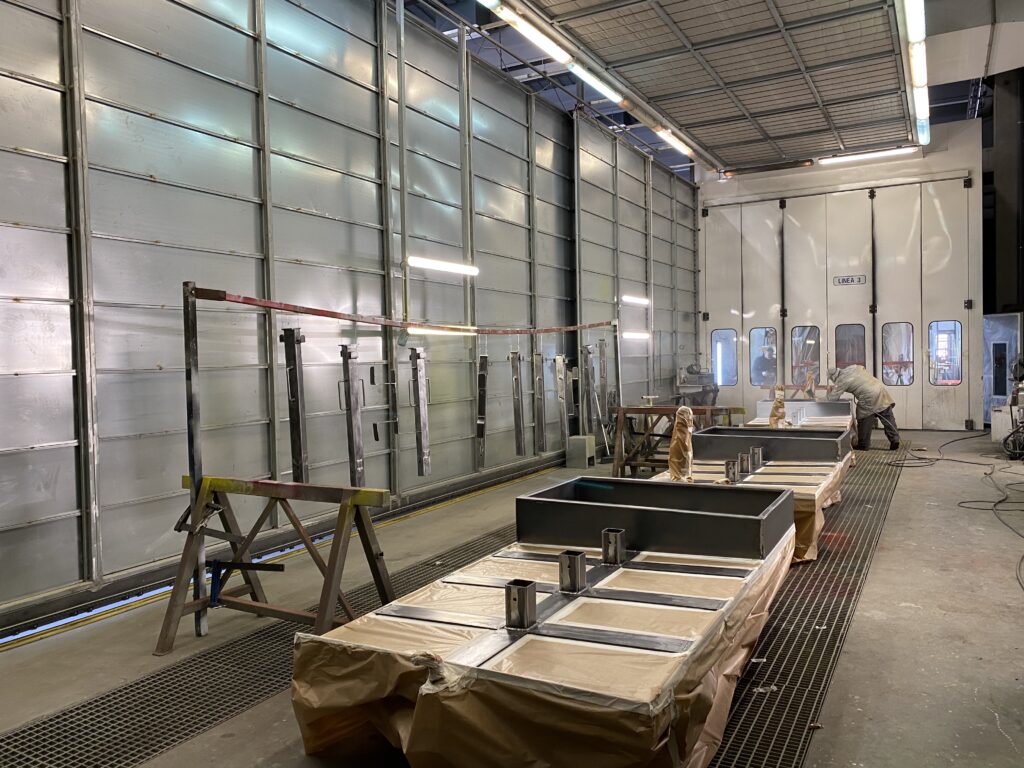
11 May Industrial vehicle repainting: types of paints and painting systems
Industrial vehicle repainting: types of paints and painting systems
The repainting of industrial vehicles is very often done to ensure their good external condition, as part of the maintenance of these vehicles. It is therefore not only a purely aesthetic issue, but also a way of protecting them.
A major threat to these vehicles is rust because it greatly weakens the metals, rendering them unable to withstand heat, pressure or some of the requirements of the work they must perform. Likewise if for example, the body of a truck is rusted, it is much easier for it to suffer serious damage to both the vehicle and its passengers. That is why you have to rely on professionals, so that your industrial vehicles are always in good condition with the repainting.
What types of paint can be used in industrial vehicle repainting
Generally speaking, we can distinguish between three types of paint suitable for the repainting of industrial vehicles. We are talking about acrylic, polyurethane and polystyrene paints. Let’s look at them in more detail.
Acrylic paint
Acrylic paint is adhesive, highly effective giving colour and is not that expensive. Once applied to the bodywork of the industrial vehicle, it creates a uniform coating that is resistant to weathering and other damage. Interestingly, it consists of two components, one of which is a hardener, which, when mixed, polymerises to form an acrylic coating that reaches its maximum hardness within a few days.
Polyurethane paint
When we talk about polyurethane paints, we refer to those with a urethane resin base. Its most important characteristic is that it has very good colouring and adhesion properties. As in the previous case, by applying this paint in the repainting of industrial vehicles, we achieve the hardness and resistance that this type of vehicle needs.
Polystyrene paint
Finally, polystyrene paint is a derivative of the aforementioned polyurethane paint. With a faster drying process than the previous one, it provides an opaque finish to the vehicle. As in the previous cases, it is an effective way to strengthen these vehicles.
Repainting systems of these vehicles
Now that we know the types of paint, let’s explain the painting systems, or repainting, in this case. Broadly speaking, we can talk about the one-coat, two-coat and three-coat systems.
One-coat
In the one-coat system, solid colours are basically applied. In this case, the paint is bound to a catalyst that dilutes it and provides protection and colour. It is important that as the paint itself gives gloss, it is less resistant and there are fewer colours and effects available.
Two-coat
In the two-coat system, as the name suggests, two coats are applied, and this is the most commonly used system. In the first coat the base colour and the effects are applied, and in the second coat the varnish that protects the finish and gives that shine.
Three-coat
Finally, in the three-coat process, two coats of colour and one coat of varnish are applied. It consists in the use of, first a base colour coat, a second one of translucent colour and another one of varnish to finish.
Industrial vehicles, for their repair and maintenance, require workshops with qualified staff and prepared facilities. Are you looking for a reliable workshop for your industrial vehicle or bus? Our paint shop has a 30m long cabin line to help you keep your vehicle in perfect condition.
Contact us to find out more!



No Comments